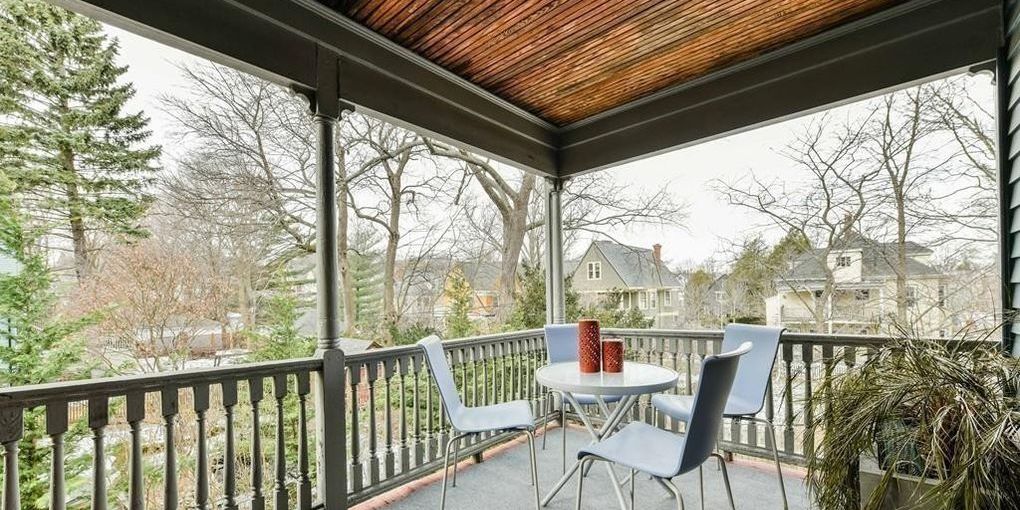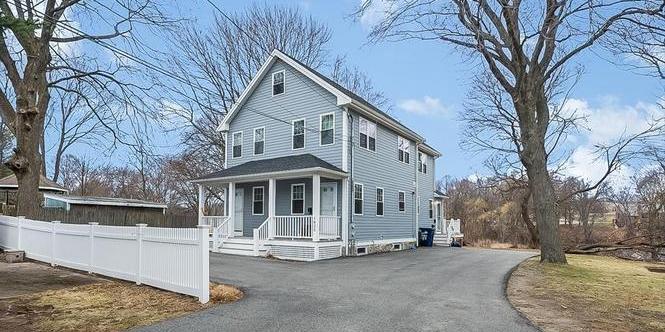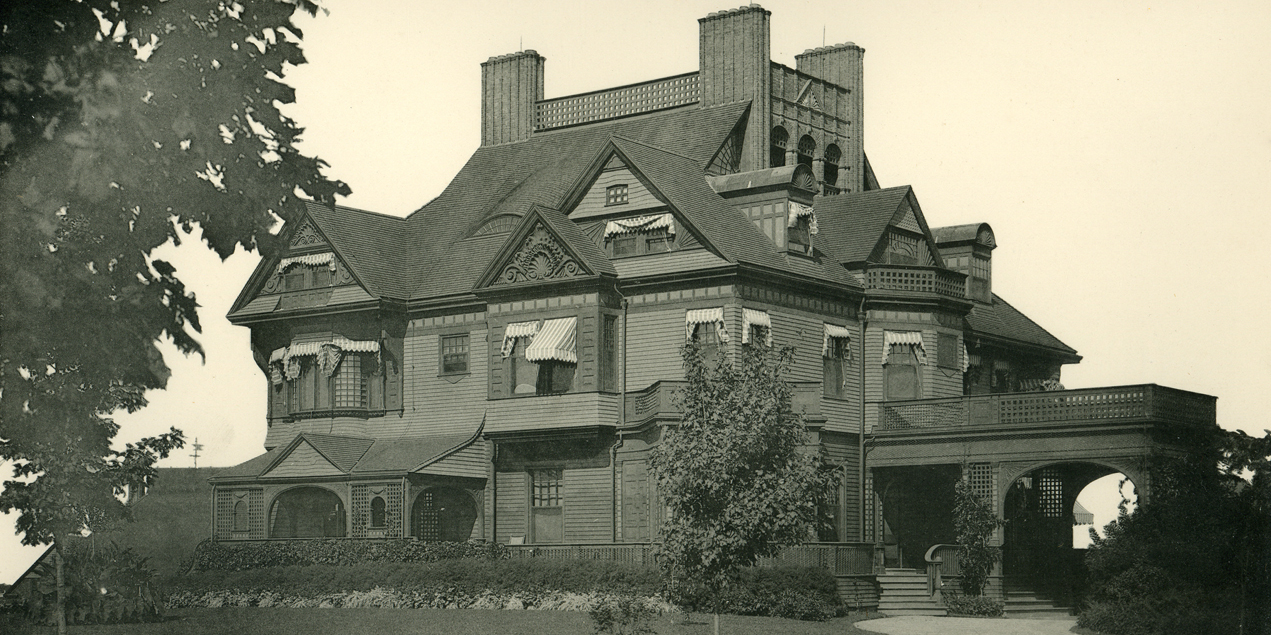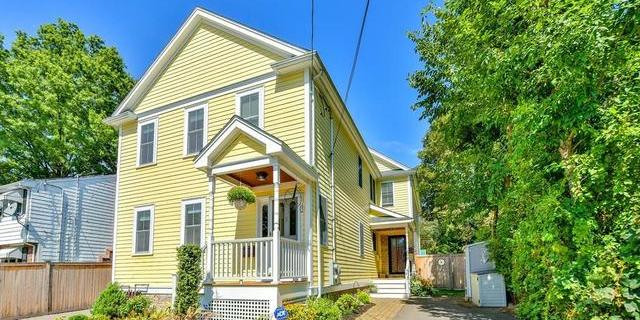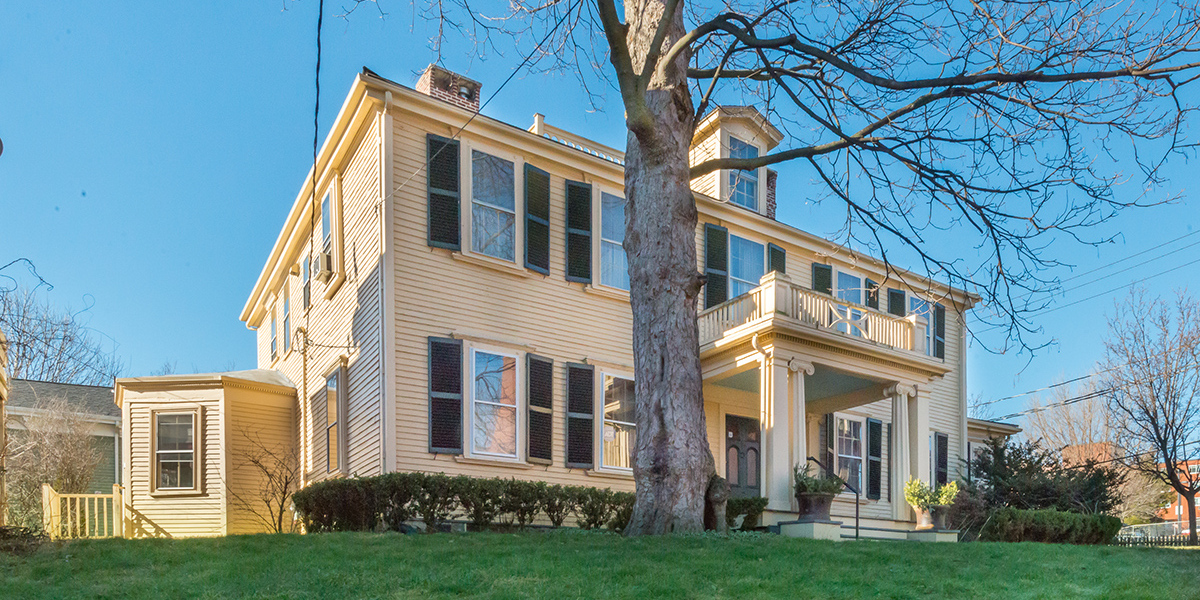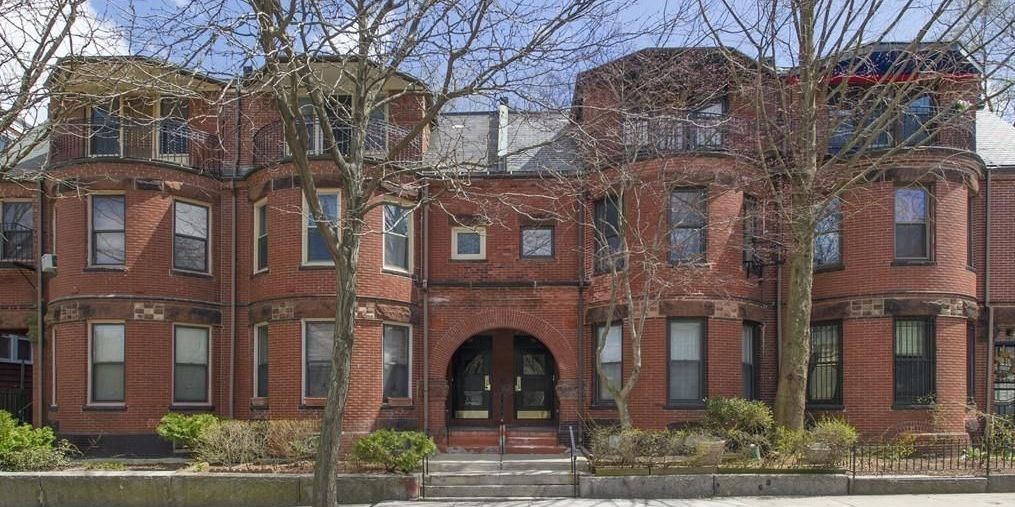Display layers
Airplane noise
Flood zones
Zoning districts

Metrics matter. There are two ways to calculate 'the most affordable neighborhoods' in Boston. One is by the average asking price – basically, if one neighborhood averages $350,000 but another is just $250,000. The other approach is measuring the average price per square foot.
Within the city of Boston, the most affordable neighborhoods on a per-square-foot basis are, as of our February 2018 analysis, Mattapan ($241/sq.ft.), Codman Square (a subsection of Dorchester, at $257/sq.ft.), Hyde Park ($292/sq.ft.), Fields Corner ($323/sq.ft.), and Roslindale ($331/sq.ft.).
We're going to math you out for a moment longer. One of the reasons that our charts look different than most other marker reports is that we report not just the average price per square foot, but also the price range within the neighborhood to identify the most and least expensive properties on a price/sq.ft. basis. Why? Let's imagine two neighborhoods with the same average price of $1,000 per square foot. One might have a tight range of $900-$1,100, while the other ranges broadly from $600-2,000 per square foot. This suggests very different housing types and market conditions. As a result, the price ranges add context that would be hidden if we just looked at the average by itself.

